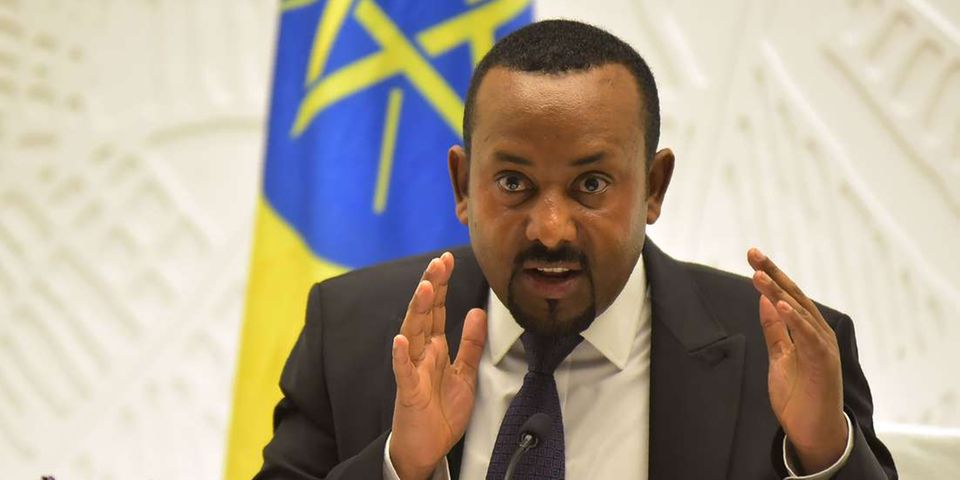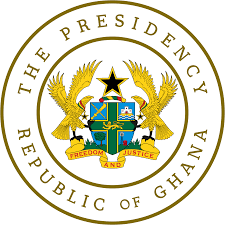Victims of Tigray conflict in Ethiopia recount massacre

For nearly three months residents of Dengolat, a village in northern Ethiopia’s Tigray region, have been afraid to share their traumatic story with the world.
The bloodbath. An incidence of violence that mainly occurred on November 30 last year on the day of the annual orthodox Christian Saint Mary festival.
Local church officials say 164 civilians were killed making it one of the worst known atrocities in the ongoing conflict in Tigray.
Mass graves now dot the village as surviving family members mourn their deceased loved ones.
Violence and Grief
Beyenesh Tekleyohannes remembers hearing the first gunshots before fleeing in the opposite direction to safety. She immediately feared the worst for her male loved ones down below: her husband, two adult sons and two nephews.
When she emerged from hiding three days later, Beyenesh discovered all five had perished in the massacre. The soldiers had tied their hands with belts and ropes and shot them in the head.
She says tearfully, “I would rather die than have lived to see this. But I can’t take my own life.”
Tamirat Kidanu, a male survivor of the attack, appears dejected, “This kind of crime is to exterminate us, to humiliate us – to make us fall down below them.”
A local priest, Kahsu Gebrehiwot, breaks down the fear to speak out even as some reporters manage to navigate the government’s medical access restrictions to locals.
He explains, “Most of the (church officials), we are listening to them in the media — the churches in Tigray and the people in Tigray are not their people. When people are dying and they are saying nothing, that’s a sign they fear for their lives.”
Blood on Eritrean Soldiers’ Hands?
As the war drags on and reports of atrocities mount, soldiers from neighbouring Eritrea — widely reported to be backing up Ethiopian troops, are often fingered as culprits.
Addis Ababa and Asmara deny Eritrea’s military is present in Tigray at all.
Last week Amnesty published a report detailing how Eritrean troops “systematically killed hundreds of unarmed civilians” in the Tigrayan city of Axum, also in November 2020.
Tigrayans in both places have said there was no mistaking the nationality of the perpetrators: In addition to their accents, they cited facial scars specific to Eritrea’s Ben Amir ethnic group.
Two decades ago, when the Tigray People’s Liberation Front (TPLF) dominated the central government, Eritrea and Ethiopia fought a brutal border war that left tens of thousands dead.
Many Tigrayans including Tamrat see Eritrean soldiers’ present-day conduct as a form of revenge.
Background and Context
In early November, Prime Minister Abiy Ahmed’s government announced military operations in Tigray in response to attacks by Tigray’s longtime ruling party on federal army camps.
The full scale is yet to be known and Amnesty International is asking for a United Nations-led investigation into the atrocities in order to impose accountability for alleged crimes in the region.



